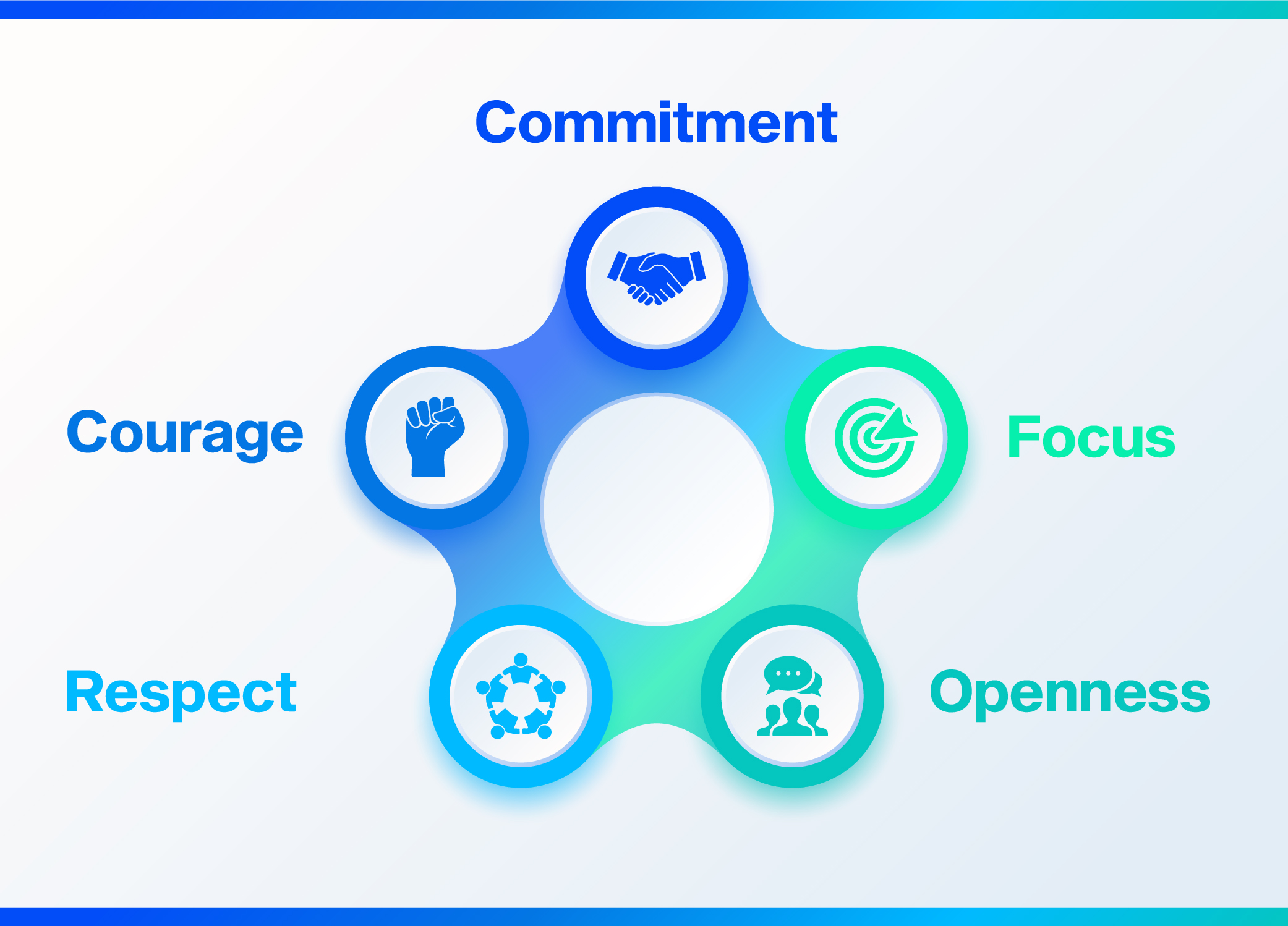The famous adage: “the whole is greater than the sum of its parts” fits so well in the context of how teams function. The same goes well in the context of an organization. Teams are the building blocks of an organization and have a significant role to play in fostering business agility.
In a team the overall performance of the unit is critical to achieving shared objectives and agility is a big accelerator that helps accomplish this goal. Most of the organizations are adopting agile or scaled agile frameworks in their digital transformation journeys to achieve business agility. As already mentioned, team agility is an essential ingredient if one has to achieve business agility.
In any routine project, given that different teams work on different types of user stories or tasks, a proven practice for planning and estimation that is used by agile teams is the Planning Poker technique. Based on the team requirement this technique can be used in a variety of team settings. This blog focuses on the ‘what’ and ‘how’ of this popular consensus-based estimating approach.
How Does the Planning Poker Technique Work?
The Planning poker technique is used during sprint or iteration planning by the team to estimate the story points for user stories. The Scrum master facilitates this event and the product owner and the team members are the active participants. It uses modified Fibonacci series 0, ½, 1, 2, 3, 5, 8, 13, 20, 40, 100 to estimate the size of the user story. The modified Fibonacci series has the numbers in increasing order from 0 to n to capture any uncertainty. The set of poker cards is placed in centre of the table. There are multiple cards, i.e. ten cards for number 5, ten cards for number 8 and so on which represents the numbers from the Fibonacci series. When the product owner shares the user story, all the team members go through it and pick one poker card from the table, based on the best number which fits their estimate. They are not supposed to reveal the estimated number card immediately. They then place their card upside down on the table. On the instruction of the scrum master all the members then reverse their respective cards at the same time. The number/estimate that the card reveals is then discussed for variations along with the thought process on why the team member chose the given number. Shared understanding is created through thought-provoking discussions, and the scrum master repeats the planning poker technique until the team members reach suitable consensus on the estimate.

This process of estimation by each team member and the discussions that follow, help the team members understand different aspects involved in the user story. In this way planning poker technique helps in getting a better or accurate estimate for the team backlog and smooth execution of the sprint or iteration. It has been observed that over a period the team members become capable of good estimation and the team is able to handle and accommodate in between additions of the user stories by the product owner. This leads to increase in the confidence of the team members and overall improved functioning of the team. In a way planning poker technique is designed such that it enhances self-organizing characteristics of the team. So, the planning poker technique is used for agile estimations within the team for better and healthier sprint delivery.
Common Challenges
Here’s why it is important to have a consensus-based estimation technique.
- In most of the teams, a majority of members have familiarity with the waterfall way of working, where complete scope is defined and the team members work on the tasks assigned to them. In such a scenario they don’t know the scope of overall tasks and how much time it would take to complete the tasks. When the same team members start working in agile teams, the approach is contrary so they face difficulty in estimating and meeting sprint goals.
-
Teams are dynamic. There is always a situation where some team members leave and new ones join. The scope of work also keeps changing, new additions are uncertain. In Agile teams one should always take the right decision and move forward.
- Wrong estimates by the scrum master or the product owner or the team leader – the people who usually estimate on behalf of team – can lead to dissatisfaction which in turn impacts delivery.
When is Planning Poker Required?
This technique is very helpful as it brings clarity and helps in faster delivery for teams working in
sprints or iterations. This is true especially when,
-
The scope of the work is new or complex to address the unknowns,
-
The team is consistently not able to meet the sprint goals,
-
the requirements are changing, and customer priority is changing,
-
when the team is newly formed and starting on execution,
-
when teams are transforming from waterfall to agile,
-
when overall performance of a team needs improvement,
-
when the root cause is problem in estimations.
Driving Scrum Values
Scrum values create strong and resilient teams. Planning Poker drives the following scrum values within the teams.

- Commitment: By using Planning Poker for estimation, all the team members commit to the sprint goal.
- Focus: Since the team members discuss about the different aspects of the user stories, the team members are equipped with the required information to start focusing on the task.
- Openness: The team is encouraged to openly discuss about the user stories. This helps in bringing out the unknowns.
- Respect:Since all the team members discuss and mutually participate in the estimation it creates a mutual respect for all team members as this is a way of learning and understanding each other.
- Courage: In a majority of situations, a lot of the team members do not speak and tend to follow the leader blindly. The Planning Poker practice encourages all the team members to participate and be courageous.
Due to the many benefits, agile teams like Scrum, Scaled Agile Framework, Kanban and hybrid agile
teams practice planning poker.
This technique increases the predictability of team sprint goal leading to higher levels of collaboration, performance and team agility. Team agility leads to increased predictability in program level and enhances business agility thus leading to win-win for the team members, organization and customers.

